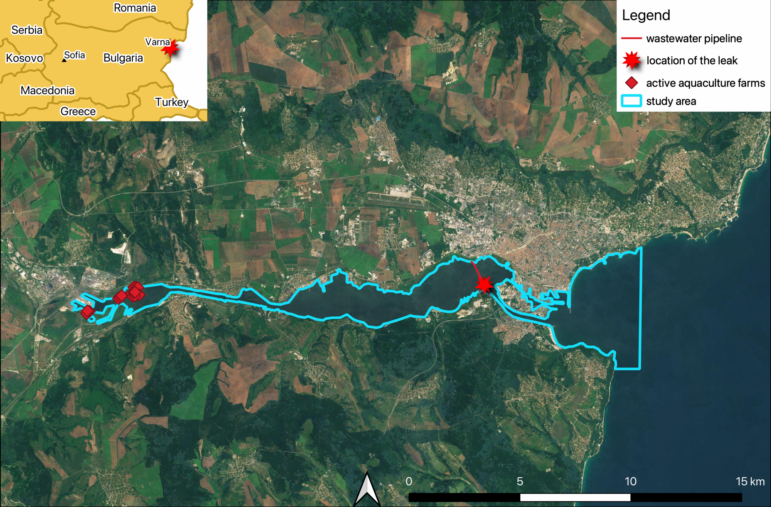

How La Nación’s Data Team Produces Award-Winning Stories
Data journalism has experienced a boom in Latin America, and several countries have been recognized for the quality of their work, despite difficulties accessing government data. The region’s powerhouse is Argentina, which, since 2014, has been the most awarded country in Latin America by the Global Editors Network (GEN)’s Data Journalism Awards.
In 2018, La Nación once again won the “Chartbeat award for the best use of data in a breaking news story, within the first 36 hours” in the Data Journalism Awards. The story covered the ARA San Juan submarine that disappeared in the Atlantic Ocean in November 2017. Journalist Carolina Ávila spoke about the project, sharing her vision of what makes La Nación one of the most awarded media outlets in the region for data journalism.
Ávila was the project leader of the ARA San Juan Submarine project for which the team created a video based on the positions of the boats looking for the missing vessel. Using the MarineTraffic database, LN Data — the publication’s data team — searched for the vessels that were locating the submarine and tracked them from November 17 to 23 to find out which direction the vessels were heading.
La Nación’s Recipe for Success
“The project was not premeditated,” said Ávila about the missing submarine story.
Understanding what they were looking for and knowing where to look for the data was the first step. “I had recorded a video of the various boats on the move, and the question came to me, ‘What could I do with it?’”
The lack of information about the boats and the limited time frame forced the team to be creative in order to tell the story. They accessed the geolocation data of the boats that approached the search area using the MarineTraffic database, which visualizes the route of ships and tanks arriving from different places.
Using these visualizations of boat movements during the first seven days of searching, LN Data created a map that showed the evolution of the search and the movement of boats in the region of the submarine’s disappearance. On the same day, LN Data worked with the infographics team to create a visualization, with images and context, for publication on La Nación’s different platforms, including digital, print and television.
Unlike most data stories, the final version of the story did not include an analysis of the data. “The data was presented as it was seen,” explained Ávila.
The team’s ability to turn around the story quickly gave it a competitive edge in the Data Journalism Awards, said Ávila, as well as its creativity, impact and ability to engage the audience.
Data Has Changed How Journalists Tell Stories
In traditional journalism, sources are the most important part of a story. In data journalism, the most important part is the data. Given its complexity, collaboration among programmers, data analysts and designers is essential to a data story, according to Ávila.
“You can’t do data journalism alone,” she said. “You need an interdisciplinary team because a programmer can’t tell stories like a journalist, and a journalist can’t understand code as a programmer.”
La Nación’s data journalism team has 10 employees, each with different roles, including data scraping professionals, a specialist in laws related to information access, and a data analyst. They work with an infographics team that is responsible for data visualization and interactivity.
It’s also important for the team to keep up with the latest innovations and technological advances, requiring them to continually research and study industry changes.
Although the work can be frustrating, Ávila points out that it’s important not to make excuses. “If you can’t do it using a tool or do not have its license,” she said, “do it manually.”
Data Journalism Possibilities
Over the past decade, data journalism has gained popularity as more data has become available on the internet. “In a globalized world where there is more and more information, it is best to organize it in order to access it more easily,” said Ávila.
With the proliferation of data has come new ways of analyzing and displaying it. Finding new, creative methods of visualizing data and making it interactive are essential to improving news consumers’ user experience and increasing their engagement.
This post first appeared on the IJNet website and is cross-posted here with permission.
 Mathias Felipe is a Brazilian journalist and graduate student in the EU Master in Digital Communication Leadership program (DCLead). This article was written during a course led by Jornalismo sem Fronteiras in Buenos Aires where he visited La Nación Data.
Mathias Felipe is a Brazilian journalist and graduate student in the EU Master in Digital Communication Leadership program (DCLead). This article was written during a course led by Jornalismo sem Fronteiras in Buenos Aires where he visited La Nación Data.










